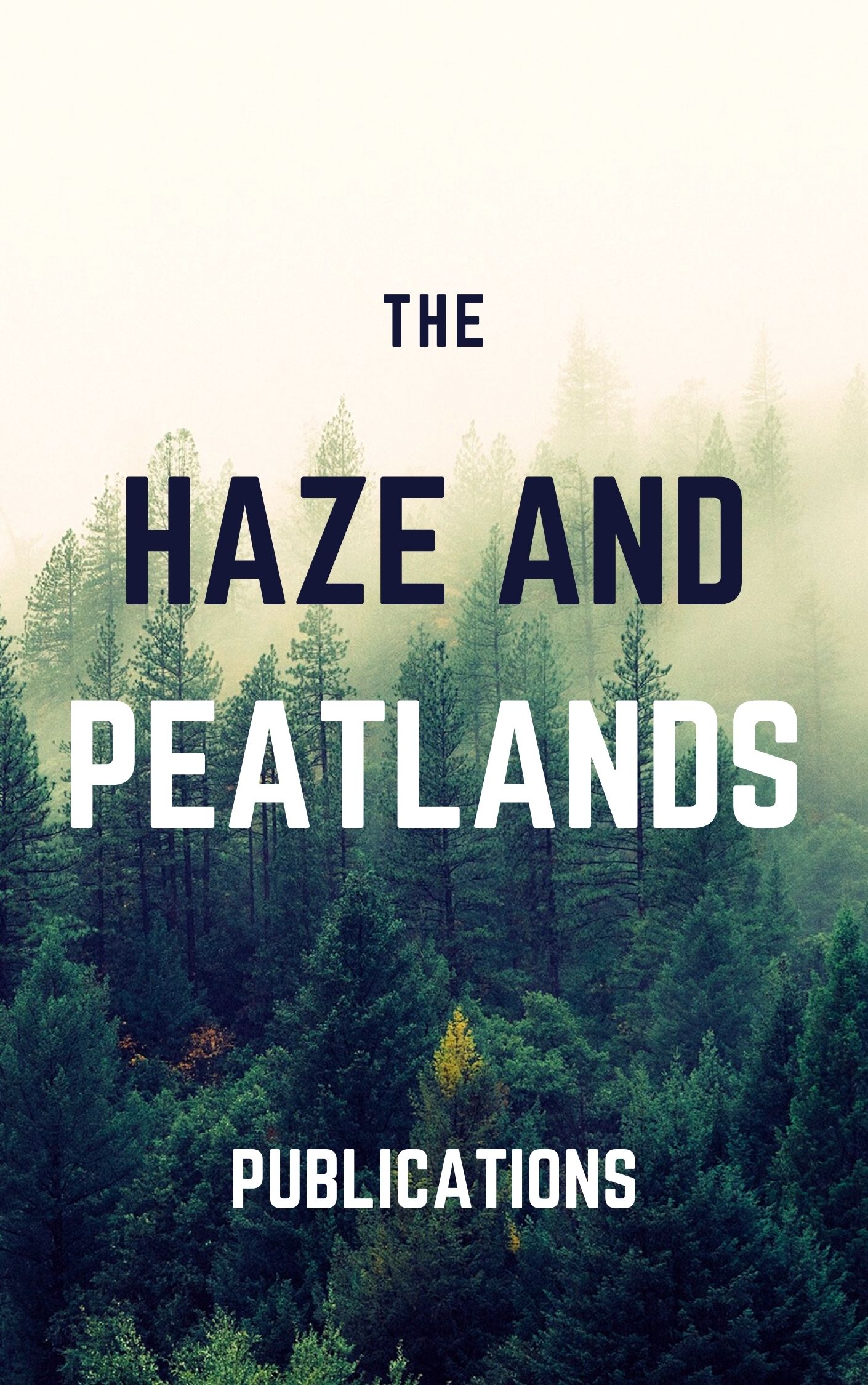Keyword(s)
canopy, ectomycorrhizas, forest fires, forest management, forests, genetic variation, growing media, light, loam soils, microclimate, mycorrhizal fungi, mycorrhizas, natural regeneration, phenotypic variation, plant succession, planting stock, population density, recovery, sandy loam soils, soil types, species diversity, species richness, Indonesia, Laccaria, Lamiaceae, Lepidoptera, Shorea leprosula, Tricholomataceae, Hydnangiaceae, Agaricales, Agaricomycetes, Agaricomycotina, Basidiomycota, fungi, eukaryotes, Lamiales, dicotyledons, angiosperms, Spermatophyta, plants, insects, Hexapoda, arthropods, invertebrates, animals, Shorea, Dipterocarpaceae, Theales, Malvales, Verbenaceae, APEC countries, ASEAN Countries, Developing Countries, South East Asia, Asia, crown cover, fungus, genetic variability, genotypic variability, genotypic variation, leaf canopy, nursery plants, nursery stock, Peronema, Peronema canescens, phenotypic variability, planting materials, potting composts, rooting media, Soil Biology (JJ100), Forests and Forest Trees (Biology and Ecology) (KK100), Silviculture and Forest Management (KK110), Forest Fires (KK130), Biological Resources (Plant) (PP720), Plant Ecology (ZZ331), Animal Ecology (ZZ332)

